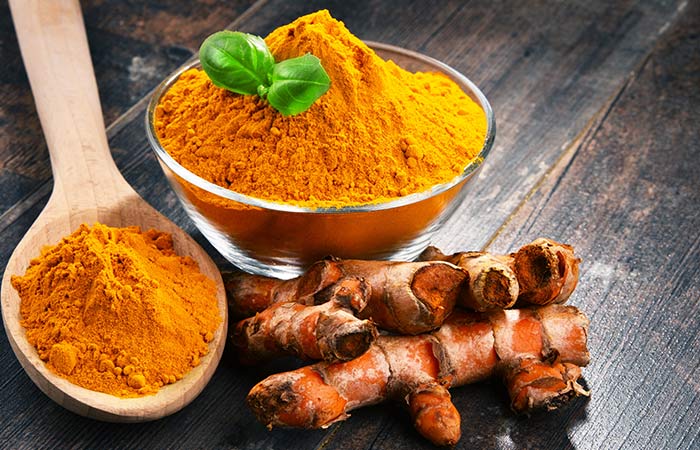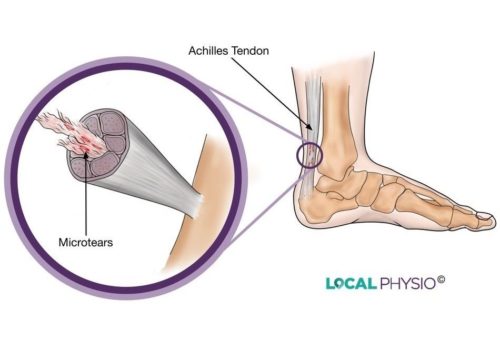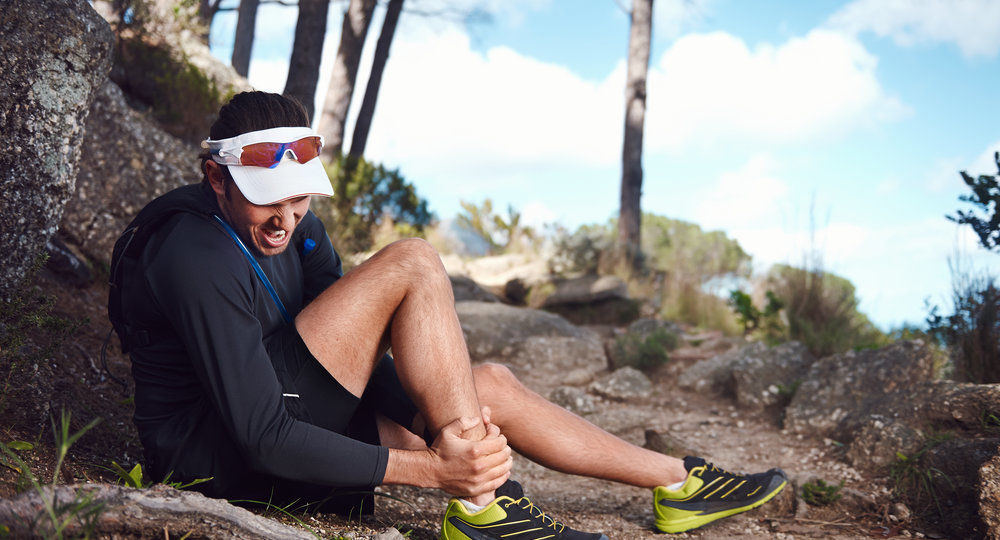Table of Content
- What is Achilles Tendinitis?
- How Is Achilles Tendinitis Medically Treated?
- Tips and Home Remedies to Get Relief From Achilles Tendinitis
- Achilles Tendon Pain: Symptoms, Causes, and Treatments
- When should I see a healthcare provider about Achilles tendon pain?
- What Is the Difference Between Tendinosis and Tendinitis?
Your doctor will use MRI most often to see how severe the tendon damage is and what treatment is best for you. It’s best talk to a doctor or physical therapist before doing any type of Achilles tendon stretch or exercise. If they understand your condition they can offer expertise and confirm useful exercises. Castor OilThis remedy is a popular one for a variety of ailments. Castor oil is a triglyceride that is almost entirely made of ricinoleic acid, which acts as an effective anti-inflammatory agent. Castor oil can be applied to the inflamed area in order to relieve pain and help reduce inflammation.

It is not a problem you should treat casually nor should it be treated only by a home remedy. Left untreated or inadequately treated it can lead to permanent damage to the tendon. So our first suggestion is to go see your podiatrist as soon as possible.
What is Achilles Tendinitis?
It is not necessary to stop all activity if you are diagnosed with Achilles tendonitis. You do, however, need to make changes in response to muscle soreness. Be sure to do gentle calf stretches after exercise, when the muscle and tendon are still warm and flexible. Self-care strategies can be used to treat Achilles tendonitis.
You can also try castor oil to ease the symptoms of Achilles tendinitis. The main component of castor oil is ricinoleic acid, which works as an anti-inflammatory agent. By this logic, a vitamin C deficiency can slow down collagen synthesis in the body, thereby weakening our tendons and ligaments. Thus, consuming vitamin C-rich foods can prove effective in averting a case of tendinitis.
How Is Achilles Tendinitis Medically Treated?
You need to add 6 drops of this essential oil with a teaspoon of coconut oil and mix it well. After that just massage this mixture on the affected area of the muscles. You need to leave it for around 30 minutes before rinsing it off.

This condition also can happen when people don't warm up the calf muscles before exercising, or suddenly increase how much exercise they are doing overall. The tighter the calf muscles, the more tension that's placed on the Achilles tendon. Many people do not know that peppermint oil also consists of menthol which is considered to be natural healing for tendonitis. It helps to relieve the swelling as well as the pain inflicted upon the heels.
Tips and Home Remedies to Get Relief From Achilles Tendinitis
During this test, you lie belly down on a table and your provider moves your knee to 90 degrees. If your Achilles tendon is intact, your toes will point up, but if your Achilles tendon is ruptured, your toes would point downward. With Achilles tendinosis, there is pain when the site is touched. The tendon may feel thick, or there may be small bumps along it that signify fibrosis and scar tissue. And injuries to the tendon can be identified with magnetic resonance imaging or an ultrasound. The growth may rub on the Achilles and cause pain and inflammation.

These can be compressive elastic bandages or wraps that can be wrapped around the tendon to reduce swelling and movement. Be aware of not wrapping too tightly as it can limit blood flow and worsen the condition. Imaging tests, such as X-ray or magnetic resonance imaging . An X-ray shows bones and can show if the tendon has become calcified or hardened, and can show bone spurs.
Most cases of Achilles tendinitis can be treated with relatively simple, at-home care under your doctor's supervision. Self-care strategies are usually necessary to prevent recurring episodes. More-serious cases of Achilles tendinitis can lead to tendon tears that may require surgical repair. Literally means putting your foot up for a few days until the pain reduces when weight is placed on the tendon. Even if you are not in excruciating pain, the tendon tends to heal quickly without any additional strain so the use of crutches may be beneficial if you do need to walk. Not only athletes are prone to sustain these injuries, but also those who are sedentary but work in an environment that requires a lot of standing and walking.

Both types of Achilles tendinitis typically result from overuse of the tendon, rather than from a specific injury. Tendinitis can develop gradually over time when a person regularly places too much strain on the tendon. This is where the fibers in the middle of the tendon become inflamed. It is best to increase the intensity of your workout gradually if you want to avoid unnecessary straining of the muscles. An emerging alternative treatment for Achilles tendinitis is acupuncture. In one study, an offbeat therapy using tendon needle insertion with electrostimulation displayed marked functional improvement and reduction in tendinitis-induced pain in patients.
Healthline has strict sourcing guidelines and relies on peer-reviewed studies, academic research institutions, and medical associations. Complete one set of 20 to 25 reps. Repeat up to 5 or 6 times each day. If it feels comfortable, you can do heel raises while standing up. This variation also engages the muscles attached to your Achilles tendon. Complete one set of 20 to 25 reps. Repeat 5 to 6 times each day.

If you can’t swim, you can stay by the shallow waters and do some forward and backward walking, heel rocks, and ankle circles. But if you can swim, try some flutter kicks and sculling with your arms and legs to keep your head afloat in the water. If the tear is not treated with surgery, a controlled ankle motion boot with a hell lift may be recommended. It will be used along with physical therapy or home exercises to prevent loss of muscle strength in the foot and ankle.
Eccentric strength training, which works to lengthen muscles, is a popular and helpful therapy option. So is deep friction massage of the muscles that attach to the Achilles tendon. With rheumatoid arthritis , a person will usually have an elevated anti-cyclic citrullinated peptide (anti-CCP) blood level. This test looks for an antibody that is very specific for RA. It goes along with other symptoms of RA like fatigue and joint pain.
At first, it is important for a person to do these exercises with the help of a physical therapist. However, with practice, it may be possible to continue the exercises at home without supervision. Symptoms of Achilles tendon problems can overlap with other types of injury, such as a sprained ankle, which can make it challenging for doctors to diagnose. In this article, we discuss the causes of Achilles tendon pain and when to see a doctor. By staying consistently active all year round, you condition your body to adapt to new movements and exercises with relative ease.
You can also use a resistance band to tone your calf and heel muscles. This exercise strengthens these muscles by forcing them to work against resistance. During seated heel raises, the muscles in your calves work together to lift your heel. This improves strength and provides support for the Achilles tendon. Depending on your symptoms, you might be able to stretch in the early stages of Achilles tendonitis.
Also, see a doctor for severe or ongoing Achilles tendon pain. A doctor may also recommend physical therapy to help strengthen the calf muscle, reduce pressure on the tendon, and aid recovery. If the Achilles tendinitis is left untreated, the potential functional limitation can affect the gait patterns and other parts of the body.





